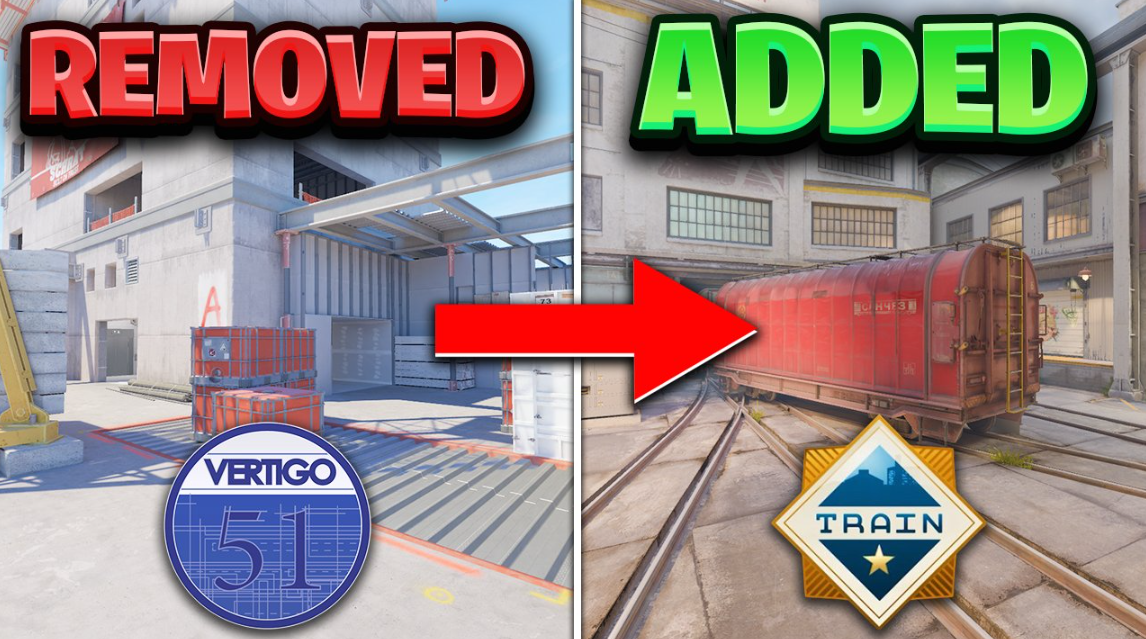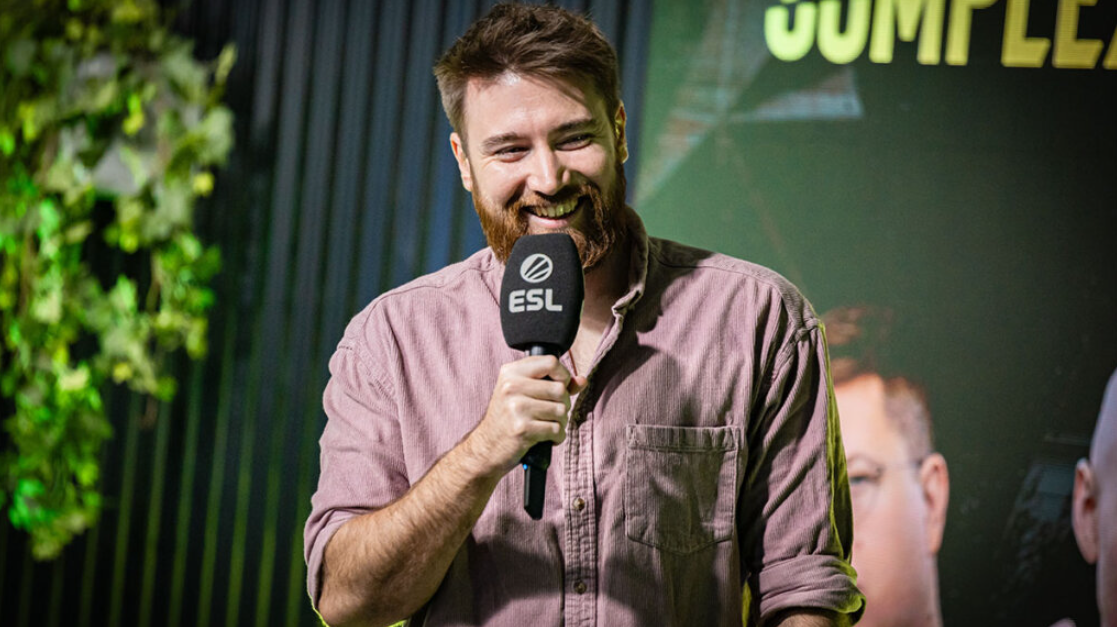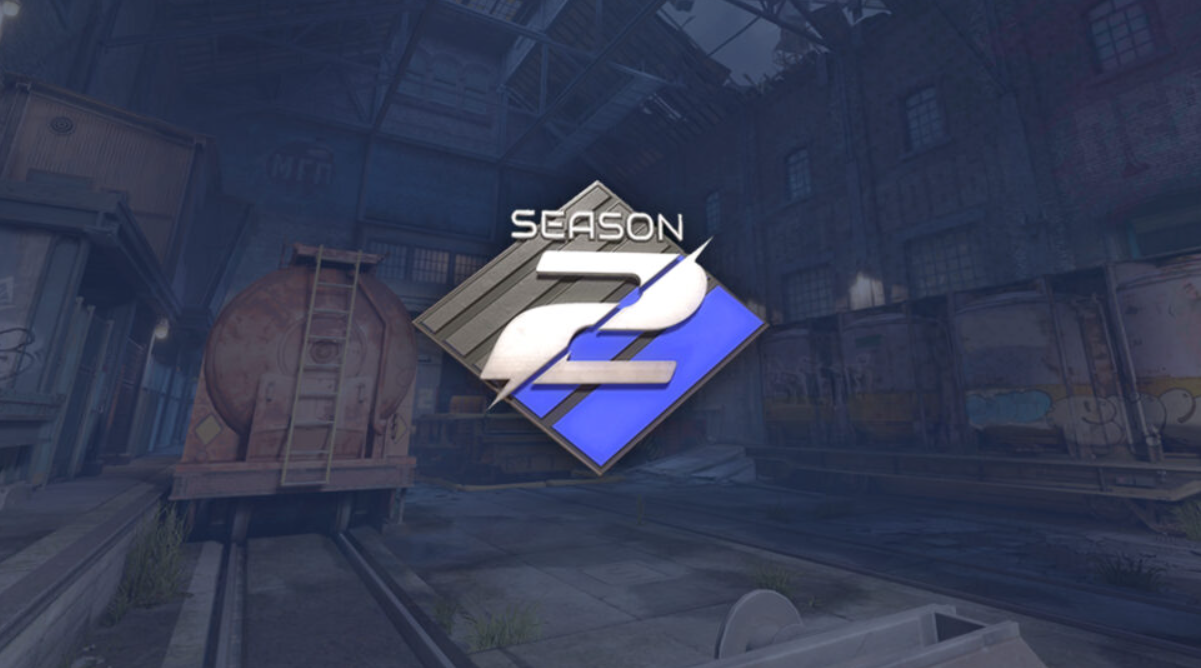Youtuber and programmer Howdy Ho has developed a neural network that works as a cheat for CS2

YouTuber and programmer Howdy Ho has developed a sophisticated neural network for the upcoming game Counter-Strike 2. This neural network is capable of mimicking human actions when engaging enemies, and crucially, it can do so without being detected by VAC (Valve Anti-Cheat), the game’s built-in anti-cheat system. According to Howdy Ho, the creation of this advanced AI system was a monumental undertaking. It required titanic labor, countless calculations, and the collection of 15-20 thousand in-game screenshots featuring player models from Counter-Strike 2. Howdy Ho leveraged these visual assets to train the neural network using state-of-the-art machine learning techniques.
The end result is an AI that can quickly and accurately detect enemies on the screen and automatically fire upon them, all while seamlessly replicating the movements and behaviors of a human player. Howdy Ho claims this technology effectively circumvents VAC’s detection methods, allowing users to gain a significant competitive advantage without fear of being banned. While the implications of such advanced AI systems in competitive gaming raise ethical concerns, Howdy Ho’s creation nonetheless represents a remarkable technological achievement. It showcases the rapid progress being made in the fields of computer vision, neural networks, and machine learning – capabilities that will undoubtedly continue to evolve and disrupt various industries, including the ever-changing landscape of online gaming.
The Emergence of AI-Powered Cheat Systems in Competitive Gaming
The primary reason why Howdy Ho’s anti-cheat evading neural network goes undetected is due to its reliance on OBS (Open Broadcaster Software) to capture and analyze the game screen. Rather than directly interfering with the game’s files or code, the neural network processes the visual information on the screen in real-time, identifying and engaging enemies without leaving a trace in the game’s internal systems. As a result, it appears to anti-cheat systems as if the user is simply streaming or recording a Counter-Strike 2 gameplay video, effectively masking the network’s true capabilities. Howdy Ho, a prominent YouTuber and programmer, developed this sophisticated AI system through an extensive process involving titanic labor, countless calculations, and the collection of 15-20 thousand in-game screenshots featuring player models from Counter-Strike 2. By leveraging these visual assets, Howdy Ho was able to train the neural network using state-of-the-art machine learning techniques, endowing it with the ability to quickly and accurately detect enemies on the screen and automatically fire upon them. Crucially, the neural network’s actions mimic the movements and behaviors of a human player, seamlessly blending in with normal gameplay. Howdy Ho explained in his video demonstration that continued development of this technology could further refine the network’s capabilities, allowing it to automatically replicate the aiming and movement patterns of skilled professional gamers, making it nearly indistinguishable from legitimate player behavior. This technological achievement raises significant ethical concerns within the gaming community. The implications of such AI-powered tools that can bypass anti-cheat systems and provide users with a substantial competitive advantage are far-reaching and potentially disruptive to the integrity of online play. As Howdy Ho noted, the source code for this neural network project has been made publicly available, opening the door for further experimentation and advancement by other individuals and groups. This raises the specter of a proliferation of similar technologies that could undermine the fairness and credibility of competitive gaming ecosystems.
The gaming industry’s anti-cheat systems and safeguards have long been a cat-and-mouse game, with developers constantly working to stay ahead of the latest methods of circumvention. However, the emergence of sophisticated AI-driven tools like Howdy Ho’s neural network represents a new frontier in the battle against cheating and unfair play. Game developers and anti-cheat providers will need to reevaluate their approaches and adapt to these rapidly evolving challenges. Techniques such as advanced computer vision, behavioral analysis, and even the incorporation of blockchain-based solutions may become necessary to detect and mitigate the threat posed by AI-powered cheat systems. Moreover, the gaming community itself will play a crucial role in shaping the response to these technological advancements. Calls for stricter regulations, increased transparency, and collaborative efforts between developers, players, and industry watchdogs may be necessary to preserve the integrity of competitive gaming. The situation also highlights the broader societal implications of the rapid progress in artificial intelligence and machine learning. As these technologies become more accessible and powerful, the potential for misuse in various domains, including gaming, will only continue to grow. Addressing these challenges will require a multifaceted approach that balances technological innovation, ethical considerations, and the needs of diverse stakeholders. Ultimately, the emergence of Howdy Ho’s neural network for Counter-Strike 2 represents a watershed moment in the ongoing battle against cheating and unfair play in competitive gaming. The gaming industry, supported by its passionate community, will need to rise to the occasion and develop new strategies to safeguard the fairness and credibility of online experiences. The stakes are high, as the integrity of competitive gaming and the trust of players hang in the balance.



